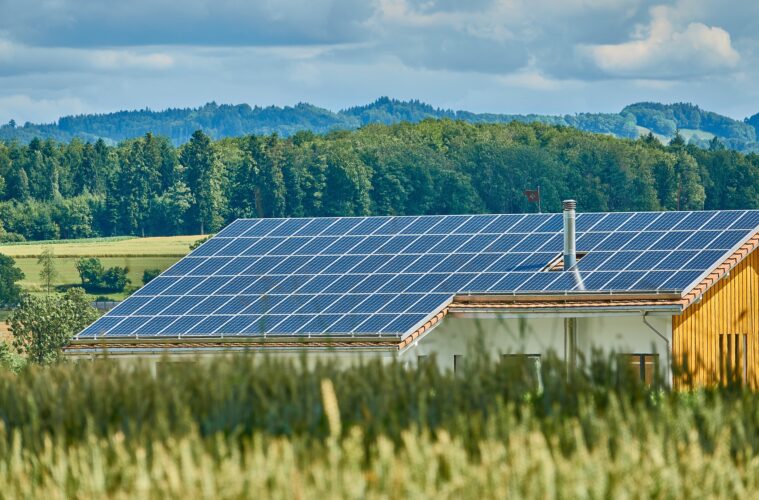How a simple phenomenon like Photovoltaics, commonly studied in physics, became a household name is what we will be examining in this article. We will find answers to that each and every question that pops into your head when you hear Photovoltaics.
This is an ultimate guide to understanding the concept of Photovoltaics that attempts to explain almost every aspect related to Photovoltaics in the simplest and comprehensible language possible.
Let’s begin
What Is Photovoltaics?
Photovoltaics is the term used for electricity that comes from the sun’s energy. In simple terms, Photovoltaics stands for converting light into electricity. It basically generates electricity directly using the Sunlight.
This phenomenon has been a game-changer when it comes to finding sustainable energy sources when the existing fossil-based energy sources are on the verge of depletion.
In the coming sections, we will find out how a science concept has contributed to being one of the most sought renewable energy sources available in the 21st century.
What Is The Photovoltaic Effect?
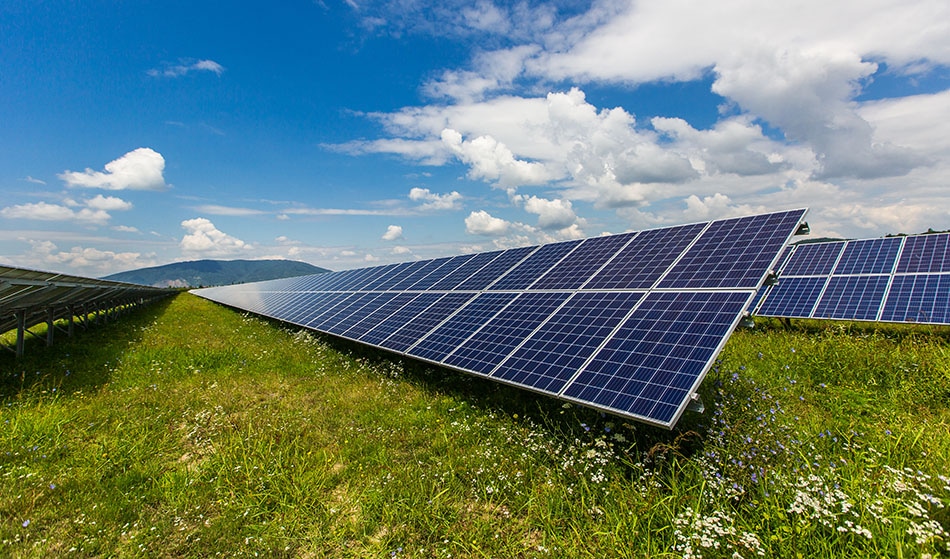
source: azocleantech.com
When there is a generation of current or voltage in material, when exposed to light is called the photovoltaic effect. The device that operates based on this effect is called a photovoltaic cell or solar cell.
The photovoltaic effect is a phenomenon in which voltage or electric current is generated in a photovoltaic cell when it gets exposed to Sunlight. Because of this effect, solar panels become helpful, as these cells within the panel primarily convert Sunlight to electrical energy.
How Does Photovoltaics Work?
Before moving forward to understand the working of Photovoltaics, let’s first understand a bit about Sunlight, which includes Photons, which are nothing but particles of light. Photons possess energy in different amounts depending on which of the solar spectrum wavelength they belong to.
The process starts when these photons hit a solar cell. When this happens, some photons are absorbed while others are reflected.
When the semiconductor material absorbs sufficient photons, electrons carrying a negative charge migrate to the front surface of the solar cell, which is manufactured to be more receptive to the free electrons.
When many such electrons travel towards the front surface of the cell, there is an imbalance of charge between the cell’s surfaces, which ultimately creates a voltage potential like the negative and positive terminals of a battery.
When these two surfaces are connected, electricity starts flowing.
What Is Photovoltaics Used For?
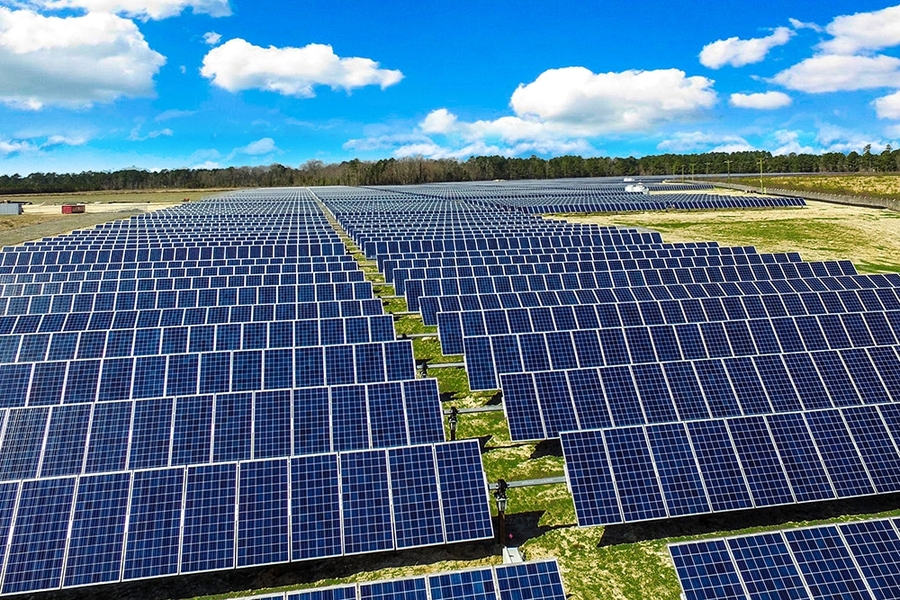
source: news.mit.edu
Photovoltaics are used to generate electric power by using solar cells to convert energy from the sun into a flow of electrons with the help of the photovoltaic effect. Solar cells produce direct current(DC) electricity from Sunlight which can be used to power equipment or recharge a battery by converting it into an alternating current(AC) current.
How Efficient Are Photovoltaics?
You can find that most solar panels provide an energy efficiency rating between 11 and 15 percent, which is the percentage of solar energy that is being converted into useable electricity.
Because of their higher efficiency, these panels might be a bit expensive during the purchase and installation but are an excellent energy alternative in the long run.
What Is Photovoltaics In Solar?
As you can see, there was a mention of solar cells in the above passage. That’s what is the relation between solar and Photovoltaics. Photovoltaics is nothing but using solar energy to generate electricity. This phenomenon is used in solar rooftop System.
What Is Photovoltaic Energy?
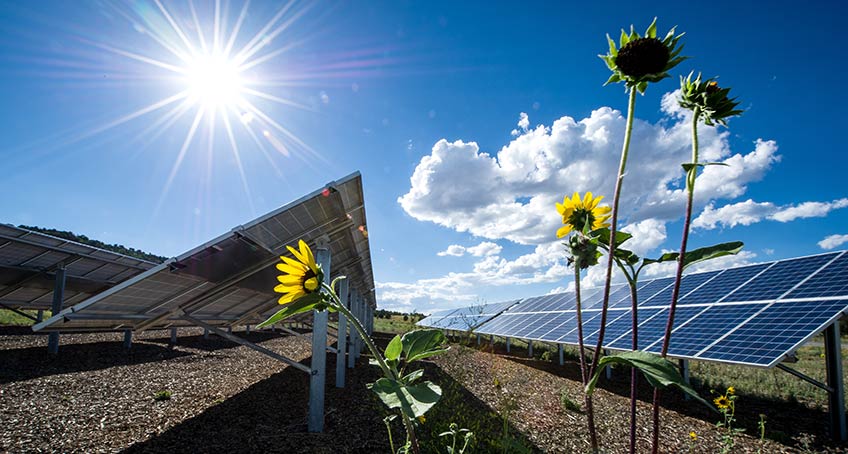
source: nrel.gov
Photovoltaic energy is solar energy, which is a renewable source of energy and is used in the photovoltaic effect to generate electricity.
What Are Photovoltaic Cells?
A photovoltaic cell, which is also known as a solar cell, is an electronic device that generates electricity when exposed to light particles photons.
What Are Photovoltaic Cells Made Of?
Photovoltaic cells are made of semiconductor material. Any material that has the ability to conduct electricity better as compared to an insulator but not as better as a good conductor is called a semiconductor.
Solar or photovoltaic cells are made of silicon semiconductors that absorb Sunlight and then convert it into electricity.
The cells are appropriately arranged into a huge frame-like structure and are connected electrically to each other. This frame is the solar panel that is fitted on the rooftops of buildings.
Are Photovoltaics Cells And Solar Panels The Same?
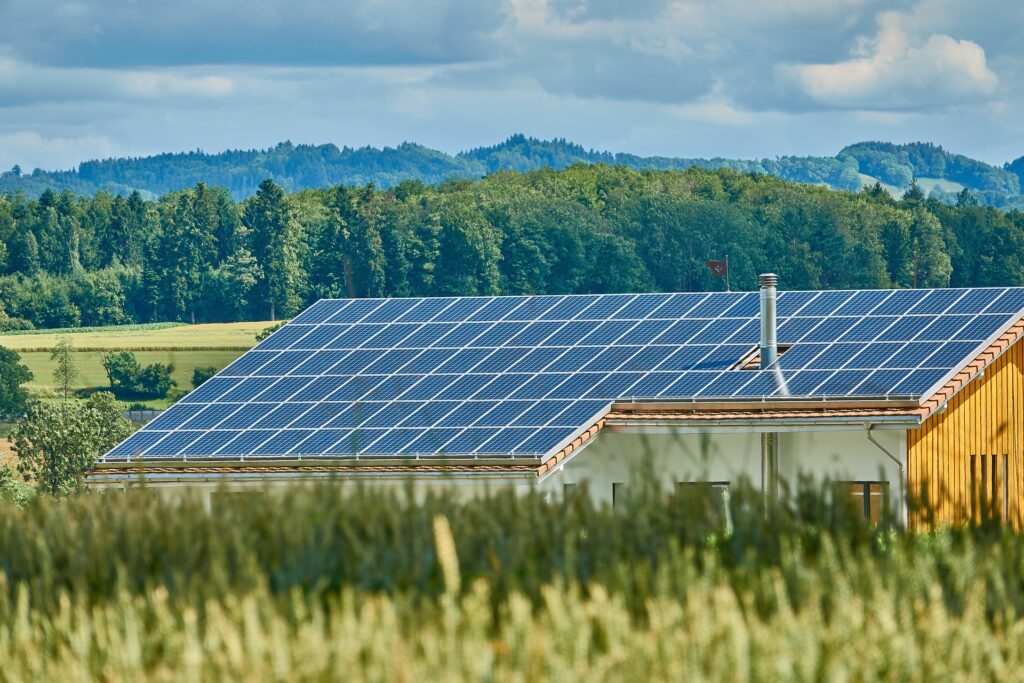
source: meettheearth.org
Photovoltaic cells are also called solar cells, and several photovoltaic cells come together to form a solar panel, while several solar panels together make up the solar system.
Although photovoltaic cells and solar panels are both a part of the solar system, there is a minor difference between the two.
The difference is that while a solitary photovoltaic cell is able to convert Sunlight into electricity on its own, a solar panel requires a number of PV cells to combine together and generate electricity.
What Is The Lifespan Of Solar Panels?
Solar panels have a healthy lifespan and are manufactured in order to last more than 25 years. There is minimal maintenance required for the solar system to work efficiently and also does not require many repairs throughout these years.
The only thing that needs a replacement after 5-10 years is the inverter that comes attached to the solar power system, which efficiently provides us solar energy.
Advantages Of Using Solar Energy
- You don’t have to rely on other energy forms every time, and you have an alternative even when other sources are not available. For instance, you will have access to electricity even during power blackouts or load shedding.
- Solar energy is a pollution-free energy source and causes no greenhouse gas emissions
- Solar technology gets updated regularly, raising the overall quality and efficiency
- You will save a lot on the monthly utility bills.

